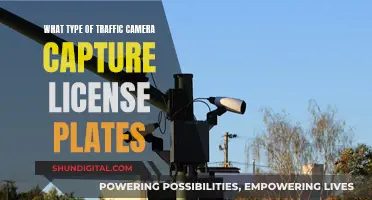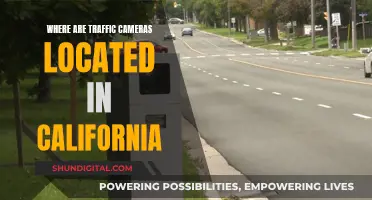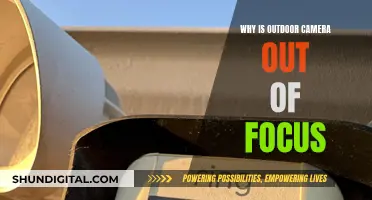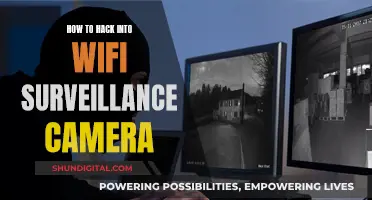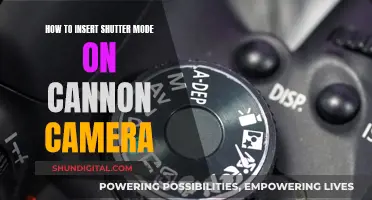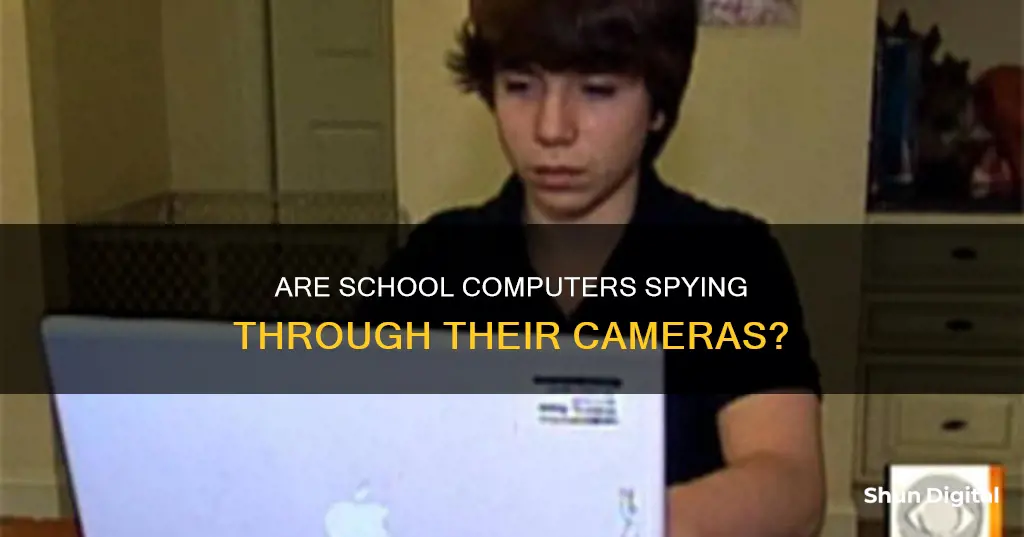
The use of surveillance technology in schools has sparked concerns about student privacy and raised questions about the ethics of monitoring students' online activities. While schools argue that surveillance is necessary for maintaining discipline and ensuring the safety of students, there have been several controversial incidents that highlight the potential for abuse. One notable example is the WebcamGate scandal, where a school district in Pennsylvania was accused of secretly activating webcams on school-issued laptops to spy on students in their homes. This incident, which resulted in a $610,000 settlement, brought to light the unresolved ethical questions and real costs of school-issued devices.
With the increasing use of technology in education, it is important to consider the potential implications for student privacy. Schools have access to powerful tools that can monitor students' online activities, both on and off campus. This raises concerns about the extent of surveillance and the potential for misuse of personal information. While schools may have legitimate reasons for monitoring students' online activities, such as ensuring online safety and preventing cyberbullying, it is crucial to strike a balance between supervision and respecting students' privacy.
As the debate around student privacy continues, it is essential to involve all stakeholders, including students, parents, educators, and policymakers, to develop guidelines that protect students' rights while also ensuring their safety in the digital age.
| Characteristics | Values |
|---|---|
| Location | School-issued laptops |
| Surveillance method | Webcams |
| Activation | Remotely activated |
| Purpose | To locate missing laptops, monitor students' behaviour, detect aggression |
| Data collected | Images, chat logs, browsing history, instant messages, video chats |
| Student response | Anger, disgust, loss of trust |
| Legal action | Federal class-action lawsuit, settlement of $610,000 |
What You'll Learn

Students' private data is sent to the cloud without their consent
Students' private data is often shared with third parties without their consent. In the United States, the Family Educational Rights and Privacy Act (FERPA) protects the access to and sharing of a student's educational record, which is all information directly related to a particular student as part of their education. While the general rule under FERPA is that personally identifiable information from education records cannot be disclosed without written consent, there are exceptions. For example, FERPA allows educational institutions to share student information with contractors, volunteers, or other individuals performing services for the institution. In many cases, written agreements must be developed to protect student data, and the requirements differ depending on the conditions and parties involved.
Despite these protections, there have been instances where schools have allegedly violated students' privacy rights by collecting and sharing their data without consent. In February 2010, a federal class action lawsuit was filed against the Lower Merion School District in Pennsylvania, United States. The lawsuit, known as Robbins v. Lower Merion School District, alleged that the school district secretly spied on students through webcams embedded in school-issued laptops, even when they were in the privacy of their own homes. The school district admitted to taking over 66,000 images and screenshots from students' laptops without their knowledge or consent. This incident sparked widespread national attention and concerns from students and parents about the potential conflicts between technology and privacy in schools.
Another example of student privacy being compromised is the use of surveillance technology by schools. This includes software to scan students' social media posts, cameras with facial recognition capabilities, and microphones to detect aggression. Schools can also track students' locations through their cell phones or ID cards with tracking chips, often continuing this monitoring when students are off campus. While schools may argue that this technology is necessary to keep schools safe, it raises concerns about the invasion of students' privacy and the potential for discrimination and injustice, particularly for students of color and LGBTQ+ students.
To address these concerns, it is essential for schools to have clear policies and guidelines regarding the use of technology and the protection of student data. Parents and students should also be informed about the types of data being collected and how it is being used. Additionally, teachers and school administrators should be aware of the legal and ethical restrictions regarding student data privacy and ensure that any third-party vendors handling student data have appropriate protections in place. By taking these steps, schools can help ensure that students' private data is handled responsibly and ethically.
Surveillance Camera Motion Triggers: Understanding the Science
You may want to see also

Schools can track students' locations through their devices
Schools have been known to use technology to spy on students, both at home and at school, and on social media. This includes tracking students' locations through their devices.
In February 2010, a Pennsylvania Court faced a case where a public school was accused of spying on students via webcams attached to school-issued laptops. The school district admitted to installing spyware on the laptops, but claimed that the feature was only used to locate missing devices. However, the school had failed to inform students and their families about the presence of the spyware. The lawsuit, Robbins v. Lower Merion School District, resulted in the school district agreeing to pay $610,000 to settle the case.
In addition to tracking devices, schools have also been known to monitor students' online activity when they are logged into the school's network. This can include browsing history, social media posts, and even keystrokes. While it is possible for schools to monitor students' devices when they are connected to their home network, it is less common and may require more sophisticated methods.
Some schools have also started using location-tracking technology, such as radio frequency scanners, to track students' movements within school buildings. This technology can pick up on Wi-Fi and Bluetooth signals from students' phones and track their locations with a high degree of accuracy. While this type of surveillance is often justified as a safety measure, it raises concerns about privacy and the potential for false positives.
Overall, while schools may have legitimate reasons for tracking students' locations, it is important to consider the potential implications for student privacy and the potential for abuse of this technology.
How Adobe Camera Raw Fixes Distortion Issues
You may want to see also

Surveillance software can be used to monitor students' screens
In addition to screen monitoring, some surveillance software offers features such as the ability to lock students' screens, share a student's screen with the class, and restrict access to certain websites or applications. These tools can help teachers maintain a focused learning environment and provide a more engaging and collaborative educational experience.
While surveillance software can be beneficial for classroom management and student engagement, it is important to consider potential privacy concerns and ensure that students' rights are respected. Clear policies and guidelines regarding the use of surveillance software should be established to protect students' privacy and ensure that monitoring is used appropriately and ethically.
Furthermore, it is essential to involve parents or guardians in the conversation and keep them informed about the use of surveillance software in schools. Obtaining consent and providing transparency can help build trust and address any concerns related to student privacy.
Overall, while surveillance software can be a useful tool for monitoring students' screens and improving educational outcomes, it should be used with caution and in accordance with privacy laws and ethical guidelines.
Discovering Your Adobe Camera Raw Version
You may want to see also

Schools can monitor students' browser history and messages
Additionally, if students are using school-provided email accounts, the school can access and read messages sent and received within that account. This is particularly true for universities, which often provide students with email accounts tied to the university domain and servers. Schools may justify this monitoring by citing their duty of care and the need to ensure fair usage of student accounts.
However, it's important to note that schools' monitoring capabilities are limited when students use their personal devices and internet service providers. In these cases, schools cannot directly monitor browser history or messages sent from personal accounts. Nevertheless, if students have previously connected their personal devices to the school's Wi-Fi network, there may be residual access for the school to track online activities.
Furthermore, schools have been accused of using webcams on school-issued laptops to spy on students' home activities, as seen in a case involving a Pennsylvania Court and the Lower Merion School District. While the school district claimed that the webcams were only used to locate missing laptops, the incident sparked concerns about student privacy and the potential for schools to engage in surveillance.
To protect their privacy, students are advised to use personal devices and internet connections when possible and to avoid logging into school accounts on personal devices. It is also recommended to use school email accounts solely for academic purposes and to refrain from sharing sensitive information.
Mastering Manual Mode: Unlocking Your Camera's Full Potential
You may want to see also

Surveillance software can be used to detect aggression
In the wake of mass shootings, some schools are turning to surveillance technology to detect aggression and prevent violence. These aggression detectors are microphones equipped with algorithms that identify stress and anger before violence erupts. However, the effectiveness of these detectors has been called into question.
How Aggression Detectors Work
Aggression detectors use machine learning algorithms to identify aggressive voices by equating aggression with rough and strained noises in a relatively high pitch. The detectors are calibrated using audio data, including recordings of screaming children. They are typically mounted on the ceiling and measure aggression on a scale from zero to one. Users can set threshold levels, and if these levels are exceeded, the detector will alert security staff.
Effectiveness of Aggression Detectors
The effectiveness of aggression detectors has been questioned by experts. ProPublica, a nonprofit newsroom, tested an aggression detector in two schools and found that it failed to identify aggressive behaviour in several instances. For example, the detector was not triggered by high-pitched shrieks but was triggered by coughing and laughter. Experts also dispute the premise that verbal aggression precedes school violence, as mass shooters tend to be quiet beforehand. Additionally, the detectors may have unintended consequences, such as increasing student distrust and alienation.
Privacy Concerns
The use of aggression detectors in schools raises privacy concerns. While the detectors only capture sound patterns deemed aggressive, they allow administrators to record, replay, and store conversations indefinitely. This could potentially invade students' privacy and affect how they express themselves.
Alternatives to Aggression Detectors
Instead of relying solely on aggression detectors, schools can implement comprehensive surveillance systems that identify dangerous environments and respond to violent interactions. Computer vision technology, for example, can automate and improve the processing of visual information, helping to detect violent scenes. Additionally, video analytics can be used to analyze existing camera networks to create a smart and safe environment. These technologies can work together to monitor crowd behaviour, detect violence, and send real-time alerts to security staff.
Charging Your D90 Camera: A Step-by-Step Guide
You may want to see also
Frequently asked questions
Schools are not legally allowed to spy on their students through school-issued laptops or webcams. However, there have been several reported cases where schools install spyware or require parents to put spyware on their children's devices.
Schools use software to scan students' social media posts, cameras with facial recognition and scanning capabilities, and microphones to detect aggression. They can also track students' locations through their devices, even when off campus.
You can check your school-issued laptop for spyware and remove it using various methods. If you find solid evidence of illegal spying, one of the best options is to follow up with the police.


